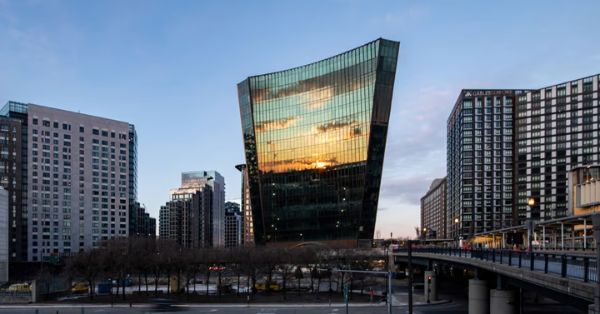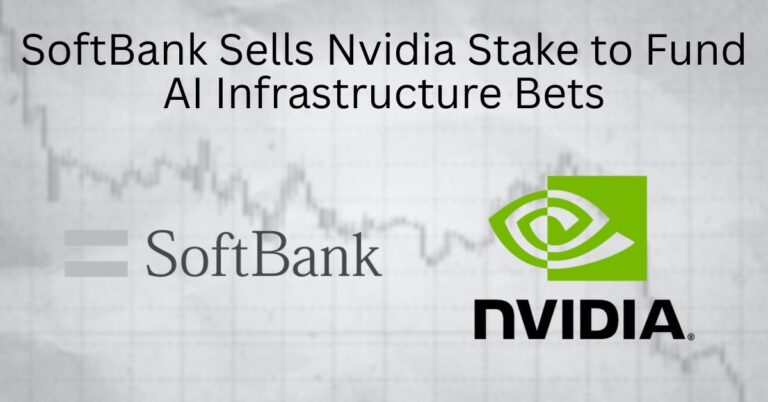OpenAI Sora 2 and the AI-Generated Short Video Feed
OpenAI is reportedly preparing a standalone app for its next-gen video model, positioning AI-only short video as a consumer format in its own right.
How the Sora 2 AI Video App Works
The app reportedly delivers a vertical feed with swipe navigation, reactions, and remixing—familiar mechanics that lower friction for discovery and creation. Every clip is generated by Sora 2 rather than uploaded, with current limits around 10 seconds per video. A recommendation engine powers a personalized “For You” experience, aligning with how short-form attention is won and retained today. OpenAI appears to be betting that a purpose-built, mobile-first interface will do for AI video what ChatGPT’s UI did for text: make the capability obvious, fun, and repeatable.
Likeness Consent, Verification, and Provenance
A notable feature is identity verification tied to likeness usage. Verified users can generate themselves into scenes, and others can tag or include their likeness with notifications—even for drafts. This tries to preempt deepfake abuse while enabling collaborative creation, but it also introduces governance questions: consent persistence, opt-outs, and enforcement across remixes. Expect provenance signals and watermarking frameworks (for example, C2PA-style manifests) to become table stakes for platforms that remix human likeness at scale.
Safety Controls, Copyright Limits, and Policy
Reports indicate the app frequently declines prompts based on copyright and other safeguards. That aligns with OpenAI’s ongoing legal exposure around training data and media rights. On youth safety, OpenAI has been rolling out parental controls and age-sensitive experiences, and age gating will be scrutinized if Sora 2 targets general audiences. By contrast, TikTok has tightened policies around harmful or misleading AI content, illustrating how platform rules are rapidly diverging even as capabilities converge.
Infrastructure Impacts for Networks, CDNs, and Platforms
An AI-native short-video feed shifts where compute happens, how traffic flows, and what quality signals matter for user experience.
Traffic Patterns, Codecs (AV1/HEVC), and CDN Economics
Even at 10 seconds per clip, infinite scroll drives sustained consumption. If Sora encodes to modern formats like AV1 or HEVC, downlink efficiency improves, but the sheer volume of short segments stresses DASH/HLS packaging, manifest churn, and CDN edge caches. Pre-generation versus on-demand rendering will determine burstiness: pre-rendered catalogs look like traditional OTT; on-demand generation increases tail latency and may push more dynamic traffic over HTTP/3/QUIC with smaller object sizes. For operators, this affects cache hit ratios, peering, and cost per delivered minute.
Edge Compute Strategy and GPU Placement
Real-time or near-real-time video synthesis favors GPUs close to users. If OpenAI leans on centralized cloud GPUs, first-frame latency and concurrency caps could limit virality. If it pushes workloads into metro edge (for example, operator MEC or cloud edge zones), it can reduce round-trip delays and smooth traffic spikes. Telcos with GPU-enabled edge sites can court these workloads via low-latency peering, predictable power/cooling, and capacity reservations. Observability at the edge—per-session telemetry, congestion signals, and QoE feedback—will be critical to sustain a “tap, watch, swipe” cadence.
Recommendations, Data Gravity, and Regionalized Inference
The feed’s value is as much about ranking as rendering. Short-form ranking models ingest high-velocity interaction data and require tight feedback loops. That creates data gravity in regions where engagement occurs, reinforcing a case for regionalized inference and storage. Privacy regimes and age assurance policies add compliance overhead, especially for biometric likeness features. Aligning data residency, identity verification, and safety filters without degrading latency is a core platform challenge.
AI Video Competition and Policy Landscape
Big tech is converging on AI video, but their distribution, policy, and product choices diverge in ways that matter for partners.
How Meta, Google, and TikTok Approach AI Video
Meta is experimenting with a dedicated AI video feed inside its assistant app, leveraging its social graph and ad stack. Google is integrating its latest video model into YouTube, which already owns the dominant creator ecosystem and monetization rails. TikTok is tightening rules on AI content and provenance, balancing creativity with trust ahead of ongoing geopolitical scrutiny. OpenAI’s gambit is different: a feed with no human-uploaded footage, anchored by Sora 2, and likely backed by hyperscale infrastructure (OpenAI services typically run on Microsoft Azure). Each path implies distinct infra footprints, safety guardrails, and partnership models for distribution and monetization.
Elections, Policy, and AI Content Integrity
With elections and mis/disinformation risks top of mind, identity features, watermarking, and detection will be under the microscope. Likeness consent flows, appeals, and takedown SLAs must be transparent. Automated copyright screening will generate false positives and user friction; transparent dispute flows and rights registries will differentiate mature platforms from growth hacks. Regulators will scrutinize how age gates and recommendation systems interact, especially if minors can appear via likeness features.
What Telcos and Enterprises Should Do About AI Video
The move foreshadows a new wave of AI-driven mobile video traffic and opens partnership lanes across network, edge, safety, and commerce.
Network Operator Actions and MEC Priorities
Model the impact of AI short video on peak-hour downlink and signaling, including micro-segment caching dynamics. Expand GPU-capable MEC footprints and offer commercial constructs for bursty inference (capacity reservations, zonal SLAs, and cross-region failover). Optimize for AV1 and emerging VVC traffic with hardware acceleration paths and QoE telemetry per segment. Negotiate direct peering and cache embed programs with AI video origins, and explore joint pilots for provenance propagation across the delivery chain.
Guidance for Media, Brands, and Platforms
Prepare brand safety and legal guardrails for likeness-based creative, including consent registries and C2PA-backed provenance on all assets. Build prompt libraries and review workflows that respect copyright while enabling rapid iteration. Instrument engagement analytics for 10-second story arcs; creative that lands in the first second will win. For platforms, budget for moderation latency and invest in hybrid detection (watermarks plus classifier-based checks) to reduce false negatives without throttling throughput.
Key Decisions and Signals to Watch Next
Whether Sora 2 supports on-demand generation versus pre-rendered catalogs, which will dictate infra patterns. The codec and packaging choices and their impact on CDN efficiency. The maturity of identity verification, consent, and provenance plumbing across remixes. How Meta’s Vibes and Google’s YouTube integrations convert creation into daily habits. And whether telco-edge GPU pilots emerge as a practical way to de-risk latency and cost for AI-native video feeds.
Bottom line: if AI-only short video becomes a mainstream format, the winners will be those who align generation, delivery, safety, and economics into a single, low-latency loop.









































